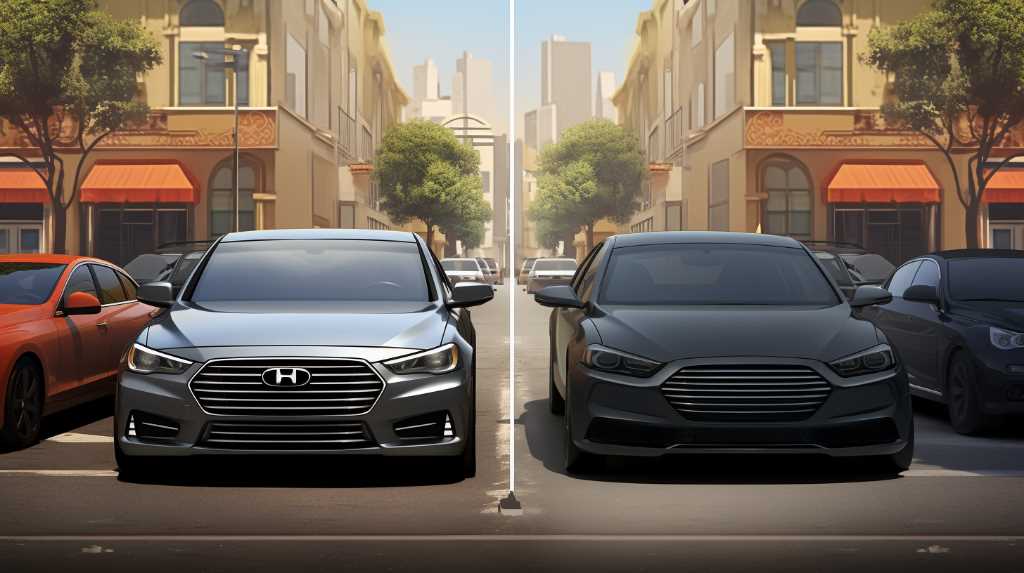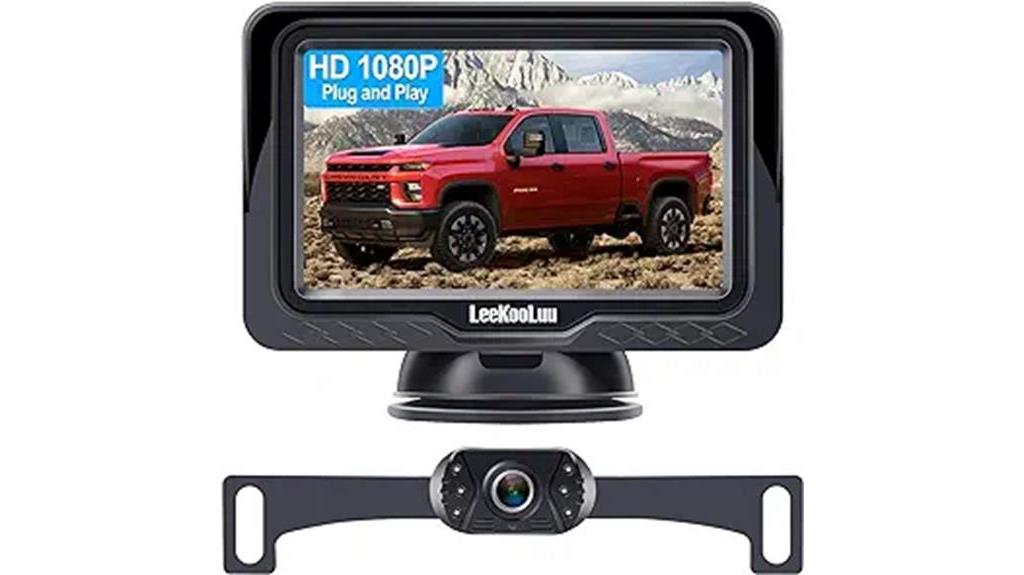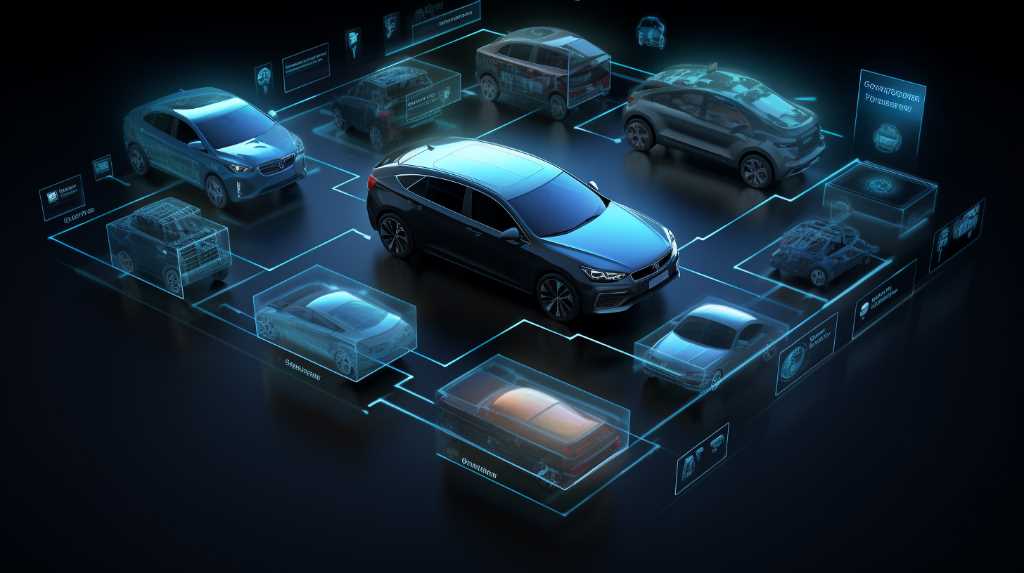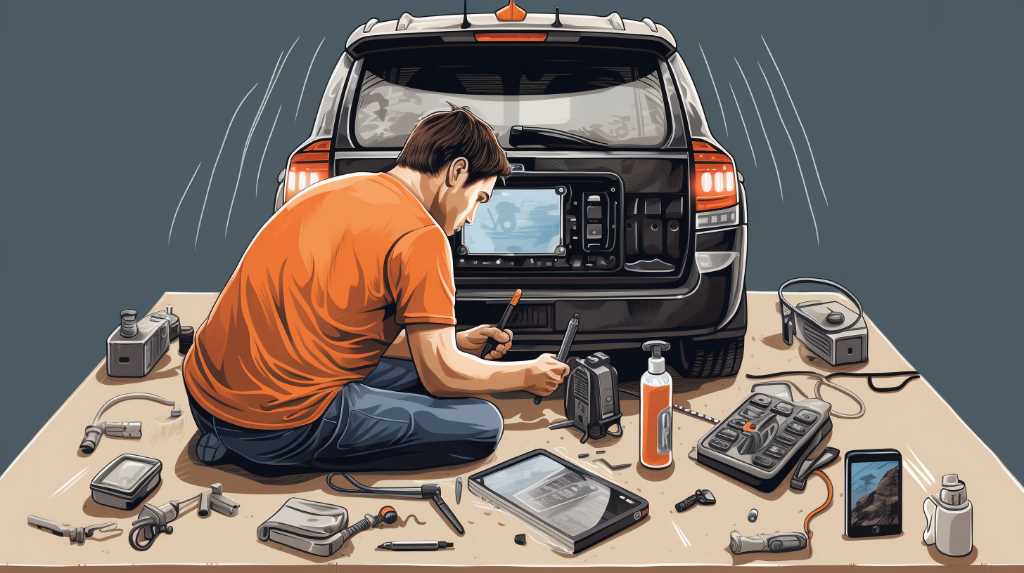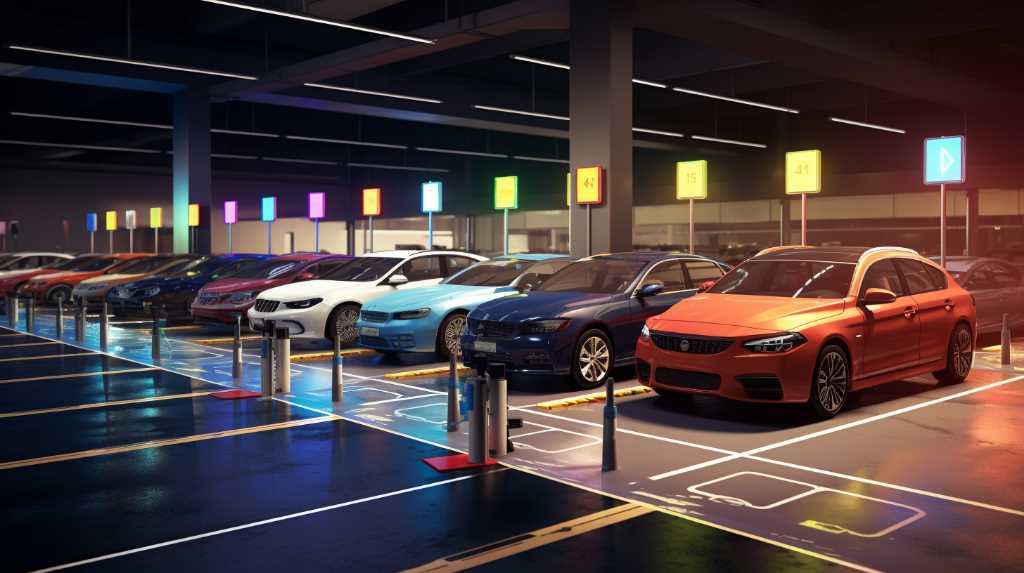As they say, a stitch in time saves nine, and when you’re equipping your vehicle with parking aids, choosing the right technology can save you from costly repairs down the line. Reverse parking sensors and cameras both aim to guide you into tight spots, but they work in distinctly different ways. You may find that sensors provide audio alerts to gauge distance without visual cues, while cameras give you a set of eyes at the rear of your car. Understanding the nuances between them involves looking at installation, cost, user experience, as well as accuracy and safety. This comparison will help you decide which system suits your driving style and budget, ensuring you’re not left guessing the next time you back into a spot.
Key Takeaways
- Reverse parking sensors provide audio feedback to indicate proximity to obstacles.
- Parking cameras offer a clear view of the area behind the vehicle and can detect people, pets, and low-lying objects.
- Installing reverse parking sensors is generally less complex and costly compared to cameras.
- A combination of sensors and cameras can provide a comprehensive solution for minimizing blind spots and increasing safety while reversing.
Understanding Reverse Parking Sensors
Reverse parking sensors, typically a set of four to six, alert you to obstacles behind your vehicle that you can’t see. Mounted on the rear bumper, they detect objects within a certain range and emit acoustic signals to warn you as you get closer. The frequency of the beeping intensifies when the distance decreases, which helps you judge how much space you’ve got left before a potential collision.
You’ll find these sensors incredibly handy in tight parking spots or when visibility is poor. They’re like an extra set of eyes, ensuring you don’t miss anything in your blind spot. As you reverse, you can rely on the escalating beeps to gauge the gap between your car and the hazard.
These sensors aren’t just for new drivers; even if you’re experienced, they add a layer of safety that you shouldn’t underestimate. When you’re focused on maneuvering, it’s easy to overlook an obstacle. That’s where the sensors come in, providing that critical information that you might miss.
Exploring Parking Cameras
Parking cameras provide you with a visual aid by displaying a live image of the area behind your vehicle, making it easier to see what’s directly out of your line of sight when reversing. These cameras are usually mounted on the rear of your car, and they activate automatically when you shift into reverse. The camera’s feed then appears on a display inside your vehicle, giving you a clear view of any obstacles, people, or pets that might be behind you.
This technology has become increasingly popular, as it offers a level of detail that sensors alone can’t match. While reverse parking sensors emit sounds to alert you to objects in your path, parking cameras show you exactly what’s there. This can be particularly useful in tight parking spaces or in situations where children or animals may move unpredictably.
Moreover, some parking camera systems include guidelines on the display, which help you gauge distance and assist with aligning your vehicle into a parking spot. These dynamic lines bend as you turn the steering wheel, offering you an intuitive understanding of the space you’re working with. With the advancement in camera technology, the images are now sharper and more reliable than ever, ensuring you can park with confidence and precision.
Installation Processes Compared
Considering the installation process, you’ll find that setting up reverse parking sensors is generally less complex than installing a camera system. Sensors require drilling into the bumper and connecting to the reverse light’s power source. You’ll need to run the necessary wiring through the vehicle’s chassis, which can be straightforward since it doesn’t usually require interfacing with other car systems.
On the other hand, a camera system demands more. You’ll have to mount the camera, typically around the license plate area, and route the video cable to the display screen inside your car. This might involve removing interior panels, which can be intimidating if you’re not mechanically inclined. Plus, you’ll need to connect the camera to a power source that activates when the car is in reverse, and then ensure the display is powered and receives the video signal.
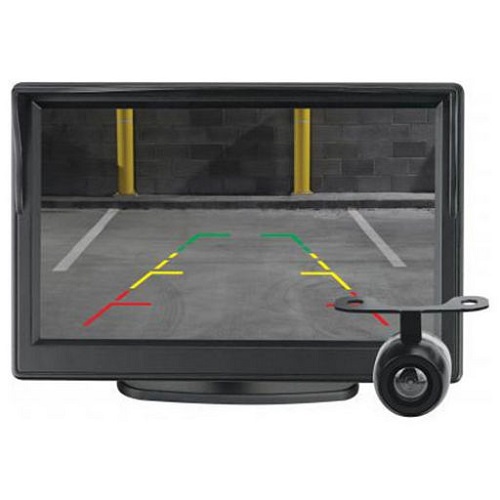
Both installations can be DIY projects, but you’re more likely to need professional help with a camera system, especially to achieve a clean, unobtrusive look. Remember, improper installation can lead to system failure or even vehicle damage, so if you’re not confident, it’s worth investing in professional installation.
Cost-Benefit Analysis
When you consider adding parking aids to your vehicle, you need to weigh the initial installation expense against long-term maintenance costs. It’s crucial to assess whether the performance value ratio justifies the investment in either reverse parking sensors or cameras. Let’s examine how these systems stack up financially over the course of their lifetimes.
Installation Expense
Assessing the installation costs, you’ll find that reverse parking sensors generally require less upfront investment than cameras. This is due to their simpler design and the lack of a display screen or intricate wiring. Installing sensors is a straightforward process that can often be completed with minimal modifications to your vehicle’s bumper or bodywork.
On the other hand, a camera system demands more extensive installation work. You’ll need a screen mounted within your field of view, which typically involves running wires from the trunk to the dashboard. This is not only more labor-intensive but may also require professional assistance, adding to the cost. When considering long-term value, however, remember that cameras provide a more comprehensive view, which could save you from costly repair bills due to unseen obstacles.
Maintenance Costs
You’ll also need to weigh the ongoing maintenance costs of reverse parking sensors against those of camera systems to determine which offers better long-term value. Reverse parking sensors generally have fewer components and don’t require cleaning as often as cameras, which can get dirty, obscuring your view. However, if a sensor fails, it can be tricky to diagnose and fix the issue, possibly leading to higher costs compared to simply wiping a lens clean.
On the other hand, camera systems, especially high-definition or multiple-camera setups, can be more expensive to repair or replace if damaged. It’s worth considering that cameras may also require software updates or recalibrations that sensors typically don’t need, potentially adding to their cost over time.
Performance Value Ratio
In assessing the cost-benefit ratio of reverse parking sensors versus cameras, it’s crucial to consider how much value you’re getting for your investment over time. Reverse parking sensors typically cost less upfront compared to cameras. They’re simple to install and provide immediate feedback on proximity to obstacles. However, cameras offer a visual aid, which can be especially valuable if you’re maneuvering in tight spaces or have limited visibility.
When you weigh the initial cost against the potential reduction in minor accidents or bumper scrapes, both options can pay for themselves by preventing costly repairs. Yet, the longevity and added safety features of a camera system might justify the higher price tag for you. Ultimately, it’s about balancing your budget with your desired level of parking assistance and security.
Evaluating User Experience
Every driver’s experience with reverse parking sensors and cameras differs, but you’re likely to notice distinct advantages and challenges with each system. With reverse parking sensors, you’ll appreciate the audible warnings that increase in frequency as you get closer to an object. They’re straightforward and don’t require you to take your eyes off your surroundings, allowing you to stay focused on the task at hand.
However, you might find the lack of visual context a bit disconcerting. It’s not always easy to gauge the exact distance or size of the obstacle behind you using sound alone. This is where cameras step in to offer a clearer picture. You get a live feed of what’s happening behind your car, which can be a game-changer for those who prefer visual cues.
On the flip side, relying on a camera demands that you look away from the rearview mirror to a screen, potentially distracting you from other hazards. Plus, camera lenses can get dirty or foggy, obscuring your view when you need it most.
It’s all about finding what fits your driving style best. Do you favor audio alerts, or do visual aids give you more confidence? Your preference will ultimately shape your parking experience.
Assessing Accuracy and Safety
When considering accuracy and safety in reverse parking, sensors and cameras each offer distinct benefits and limitations you should be aware of. Sensors provide audible or tactile feedback when you’re getting close to an object. They’re precise in measuring the distance to the nearest inch, giving you a sense of safety as you park. However, sensors can’t show you what’s behind your car; they only alert you to the proximity of objects, which means you’re missing a visual on any potential hazards.
Cameras, on the other hand, offer you a clear view of what’s behind your vehicle. You’re able to see children, pets, and low-lying objects that sensors might not detect. This visual aid is especially helpful in complex parking environments. It’s important to note, though, that camera feeds can sometimes be distorted by bad weather or low light conditions, which could compromise safety and accuracy.
Ultimately, both systems have their merits, but they also have their failings. Combining them can provide a comprehensive solution, minimizing blind spots and increasing safety. When you’re backing up, having both a sensor alerting you to nearby objects and a camera giving you a live feed is the safest bet.
Frequently Asked Questions
How Do Weather Conditions Affect the Performance of Reverse Parking Sensors and Cameras?
You’ll find that rain, snow, and fog can obstruct camera views and distort sensor readings, making it harder for you to reverse park safely in poor weather conditions.
Can Reverse Parking Sensors or Cameras Be Easily Upgraded or Integrated With Advanced Driver-Assistance Systems (Adas) as Technology Evolves?
You can upgrade both sensors and cameras to integrate with advanced driver-assistance systems, but it’ll depend on your car’s compatibility and the sophistication of the new tech you’re looking to install.
Are There Any Insurance Benefits or Discounts Associated With Installing Either Parking Sensors or Cameras on Older Vehicles Lacking Such Features?
You might snag insurance discounts by adding parking sensors or cameras to your older car, as they can lower the risk of accidents. Check with your insurer for any available benefits.
How Do Electromagnetic and Ultrasonic Parking Sensors Differ in Their Interaction With Non-Vehicle Objects, Such as Animals or Debris on the Road?
You’ll find that electromagnetic sensors detect non-vehicle objects continuously over a surface, while ultrasonic sensors use sound waves, which may miss smaller items or animals depending on their position and size.
What Are the Legal Implications of Installing Aftermarket Reverse Parking Sensors or Cameras—Are There Regulations or Standards That Need to Be Adhered To?
You must check local laws when installing aftermarket parking aids, as regulations may require compliance with specific standards to ensure they don’t interfere with vehicle safety systems or impede other drivers’ visibility.
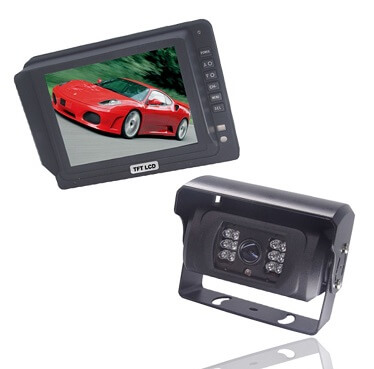
Conclusion
You’ve seen both sides now. Reverse parking sensors give you audio alerts, while cameras serve up a visual feast. Installation? Cameras might need an extra hand, but both won’t break your bank. When cost and benefits weigh in, it’s your call on convenience versus precision. User experience? It’s a personal vibe, but remember, neither replaces good ol’ looking over your shoulder. Accuracy and safety? They both aim to protect, but it’s your driving that seals the deal. Stay sharp out there!
Related Articles
Be sure to also check out these articles right here at Motion Performance Motorsports
The Complete Buyers Guide for Backup Cameras
Next Backup Camera Article: What Are Your Options for Wireless Parking Assist Cameras?
Previous backup Camera Article: Top Rated Reverse Parking Tech Reviewed

Hey there, I’m Terra Frank, the driving force behind Motion Performance Motor Sports. I’m thrilled to have you here, exploring the fascinating world of cars, trucks, and everything related to automotive performance and accessories.
